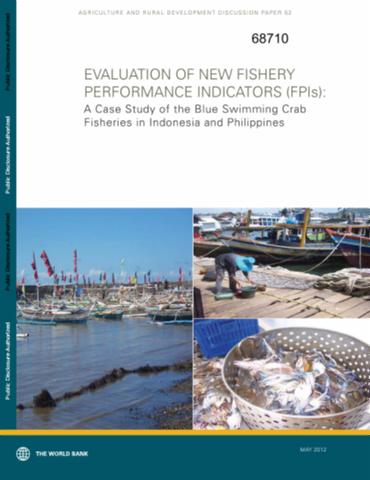Common waters and private lands: Distributional impacts of floodplain aquaculture in Bangladesh
Aquaculture continues to diversify and develop rapidly in Bangladesh. A major change has taken place in parts of Bangladesh due to the growth of floodplain aquaculture (FPA) projects. FPA involves the enclosure by the landholders of parts of the floodplain through the creation of embankments and sluice gates. The enclosed water body is stocked with fish seed and the benefits are distributed amongst those who own land in the impounded area.




